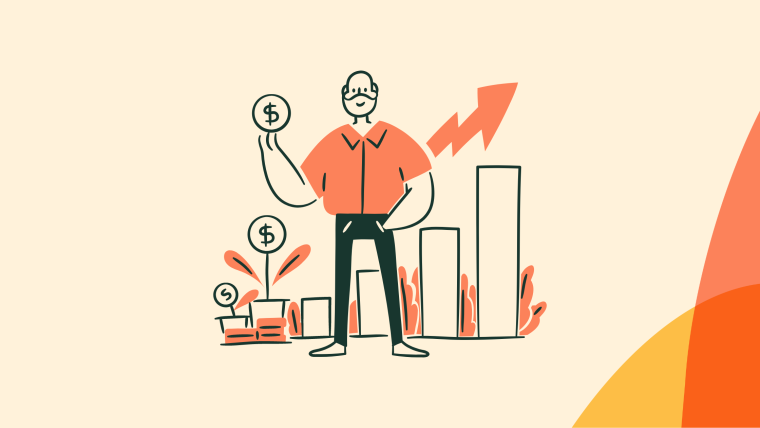Product adoption is driven by user motivation, and providing timely gratitude can help.

By default we don’t want to try new things! Humans are hard-wired to stick to what we know, and it takes energy and motivation to overcome this. If you understand this psychology then you can utilize it to create more rewarding and engaging products.
To make this easier, we're introducing new functionality within Chameleon to make it easy for you to thank and delight users
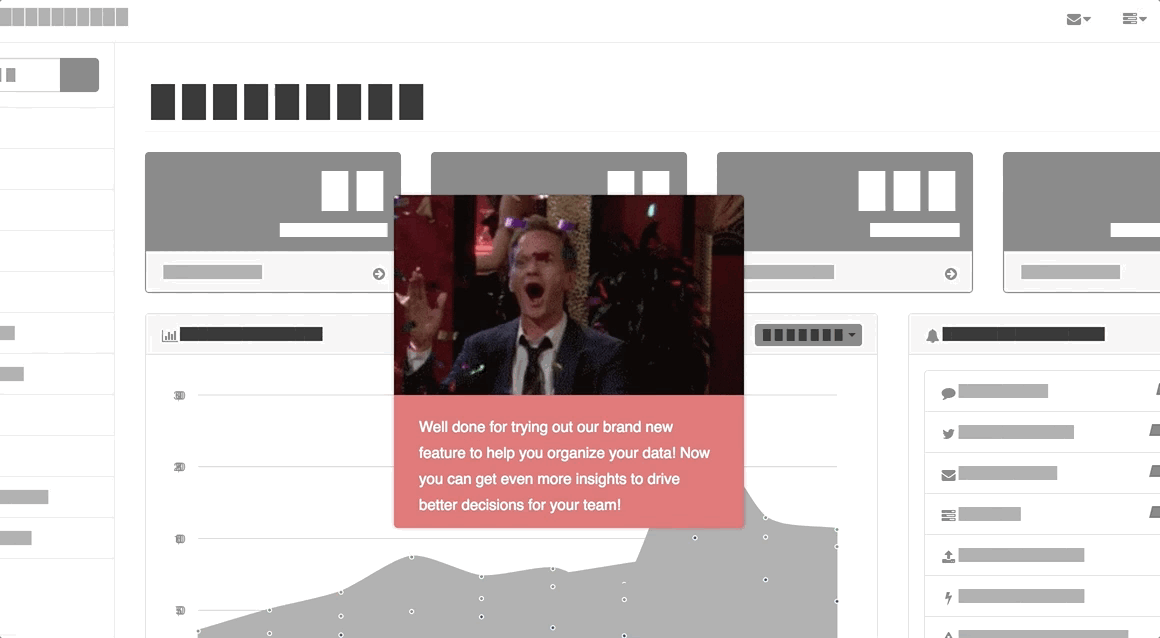
More about this later...
So what is motivation exactly?
Motivation (mōdəˈvāSH(ə)n/) — the need or desire to act in a particular way — is a complex phenomenon with many theories on why we do anything at all:
- Instinct theory: we do things because we have some innate (unlearned) behaviors that are present, regardless of individual experience.
- Drive Reduction theory: we do things to maintain our state of balance, or homeostasis, and are pushed to return to this if we temporarily leave it.
- Incentive theory: we do things because we are pulled towards something with stimuli that entice us or because we feel like we deserve something.
- Arousal theory: we do things not just to reduce our drives, but to have the optimal level of stimulation / arousal, to avoid boredom, but also stress.
- Hierarchy of Needs theory: this famous theory by Abraham Maslow propounds we first take care of basic needs such as security, followed by a sense of belonging and eventually a realization of our inner potential.
In addition to these theories, there is the idea that we do things because of internal (intrinsic) and external (extrinsic) factors. Intrinsic motivation makes us want to express our true self and is related to enjoying the task itself. Extrinsic motivation makes us want to get certain outcomes or rewards, such as monetary, recognition, praise etc.
How does motivation apply to product adoption?
Product adoption requires people to act and behave in a new way, and needs motivation to drive the change.
Persuasive technology professor BJ Fogg outlines that motivation is one of the 3 components (along with ability and triggers) required to drive action.

Best-selling author of the Hook Model, Nir Eyal associates intrinsic and extrinsic motivation and rewards with creating habits.
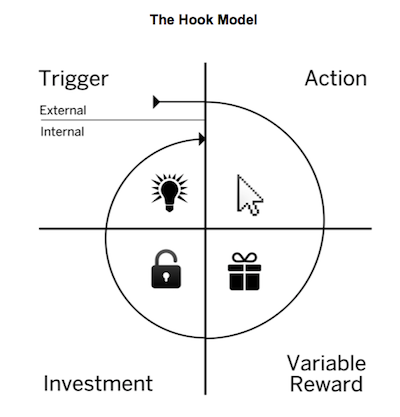
These are two good frameworks to consider when designing products and we consider how to apply these to improve your product adoption in the following two pieces:
- “Why User Don’t Want to Learn How to Use Your Product” discusses how to drive action by leveraging your product's value proposition and trigger messages.
- “Building a Habit Forming Product Starts with User Onboarding” discusses how to build habits during your product's user onboarding by rewarding and incentivizing users.
Even without these frameworks, the simple conclusion is that you have to think about a user’s motivation if you want them to adopt a new feature or product.
How to increase motivation and drive product adoption
There is a simple way to give people the boost of energy they need to adopt your latest product or feature: dopamine.
Dopamine (a chemical that helps neurons transmit information) is associated with our desires, attention and motivation, and is naturally released in anticipation of a reward. It’s why we get excited when we are about to post on Instagram, complete a workout, or finish a task.
One of the simplest and best ways to give our users a little dopamine high is to thank and congratulate them! Learning new things is uncomfortable and hard, and our users deserve regular praise.
Some great products already do this — Trello sent this great email to thank users and provide them with a free gift:
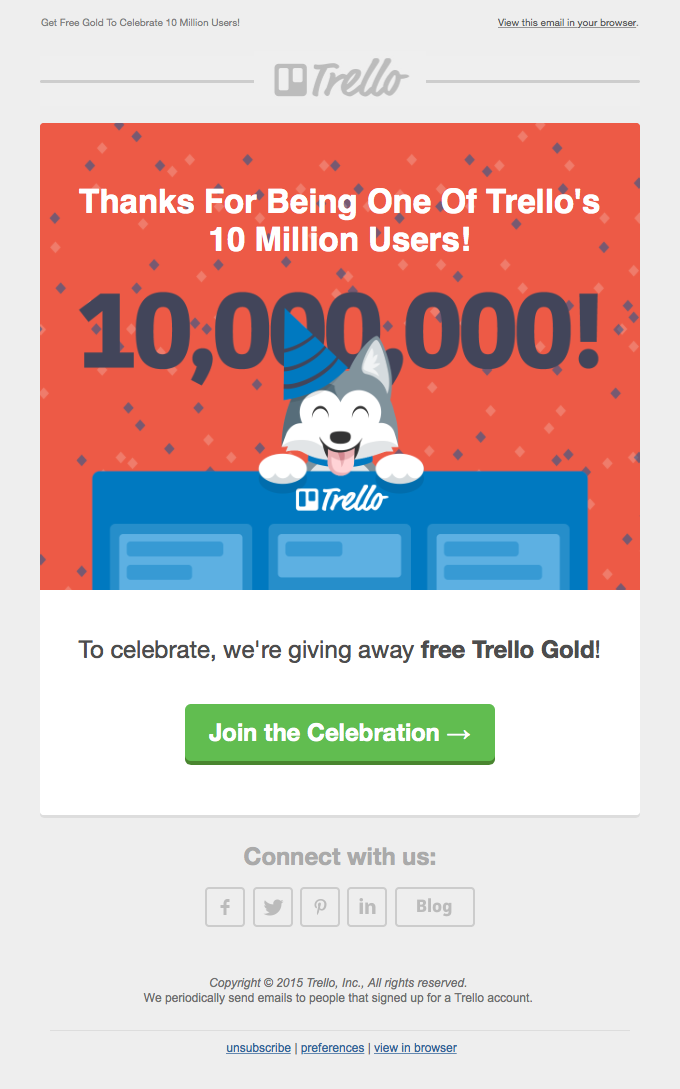
Source: https://reallygoodemails.com/
And Asana, another project management tool, celebrates you completing a certain number of tasks with this delightful unicorn in-product:
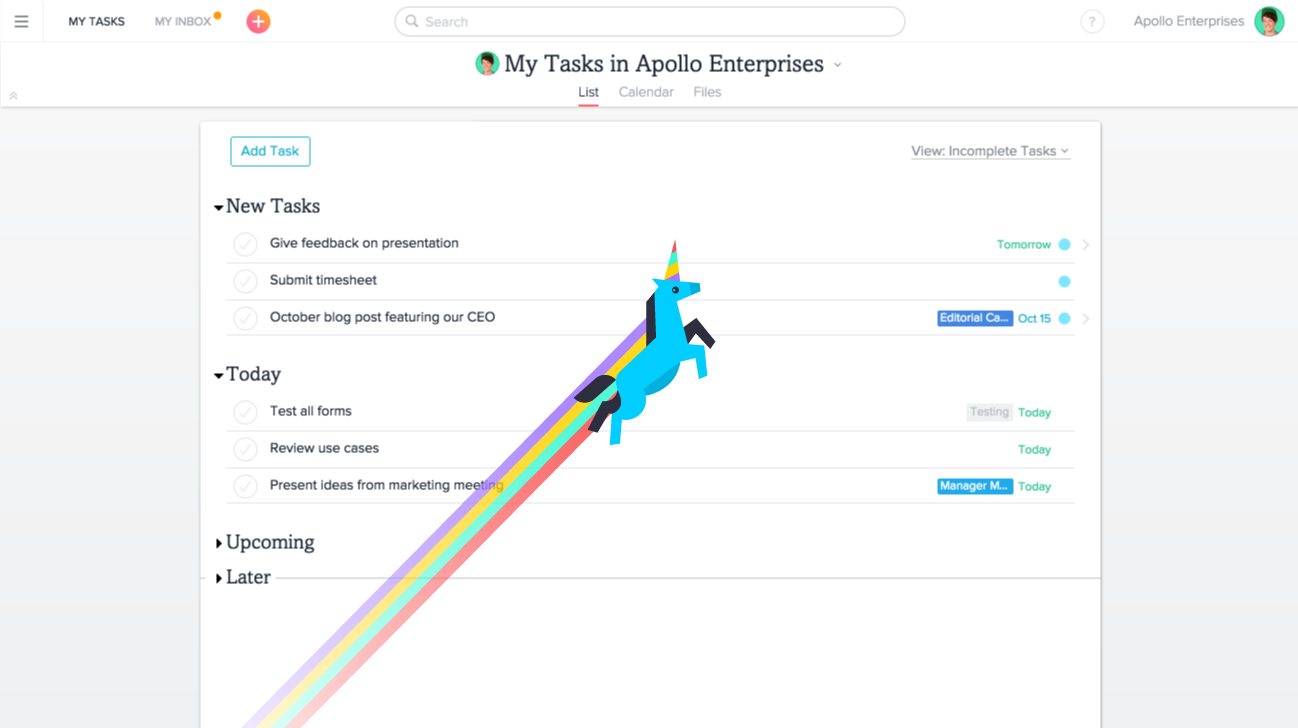
Source: https://zapier.com/blog/hidden-productivity-tricks/
As users adopt new features or accomplish key activities then it’s critical to thank and delight them. This will supply them with the motivation to continue and begin to build a habit pattern that will encourage them to more quickly and easily adopt changes in future.
How Chameleon can help you improve your product adoption
Chameleon is a platform to build in-product guidance without engineering. You can create modals, product tours and other helpful hints inside your product to help users learn and take action.
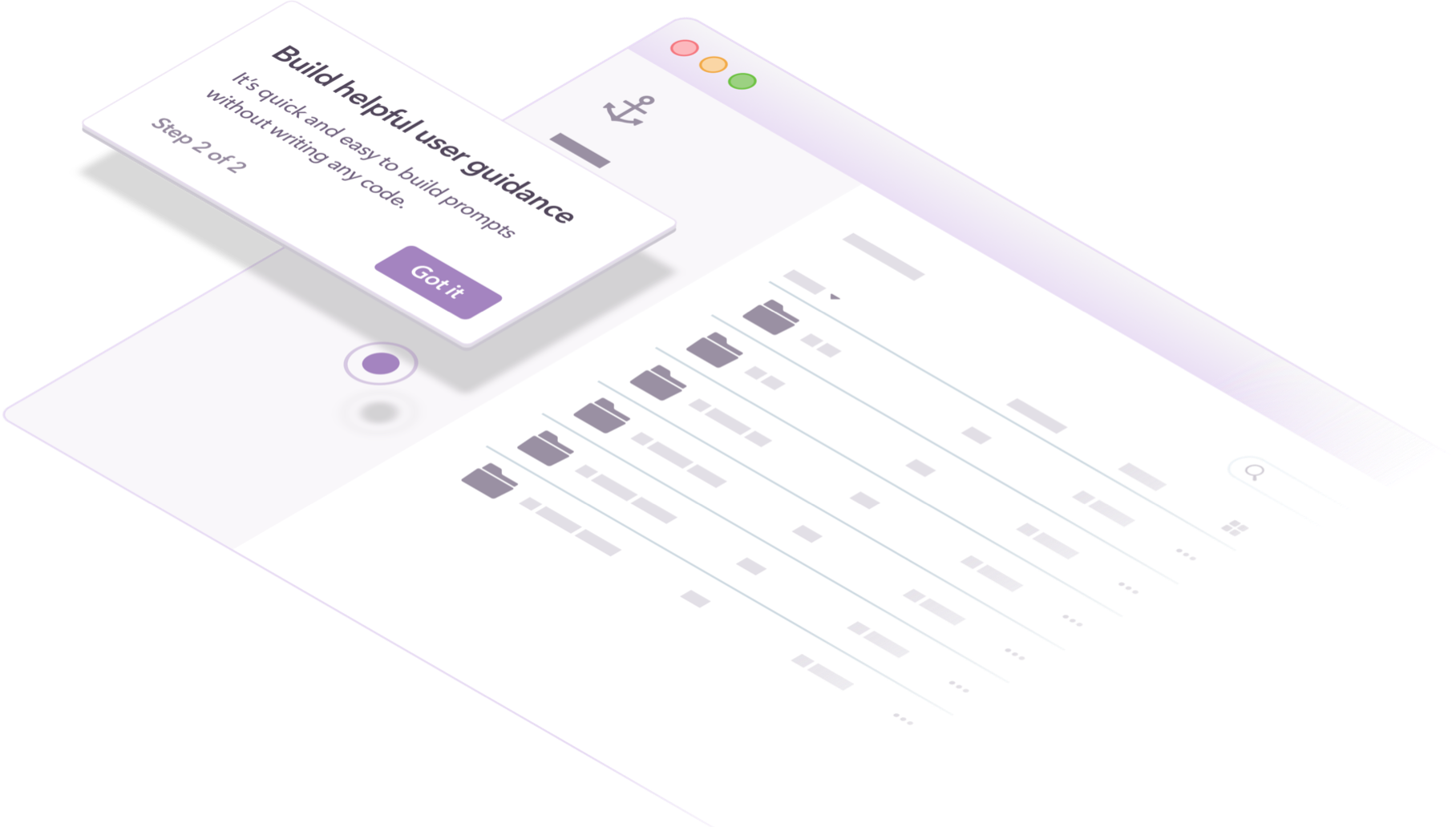
We want to make it easy for product people to thank and delight your users, without having to rely on engineering resources.
🎁 Now you can easily rain down confetti or hearts on your users to celebrate an accomplishment. 🎉
You can build this within a matter of minutes — simply add a Delight animation to your step as you’re building it with the Chameleon Editor.
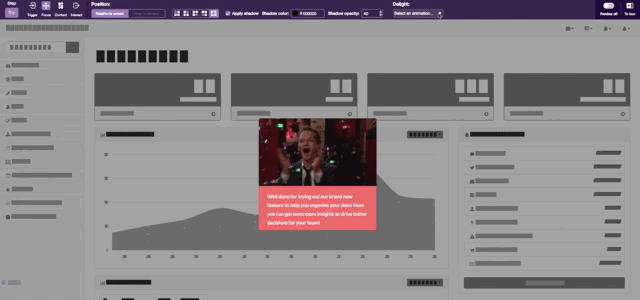
You can show steps based on trigger actions such as a click, and you can target tours based on who your users are and what they have or have not done. So you can easily define which users should see these congratulatory messages.
If you're an existing Chameleon customer, please try it out and let us know what other delight states you'd like to see! Leave a comment below or send us a message. If you don't use Chameleon, try it for free by downloading our Chrome Extension after signing-up here.
